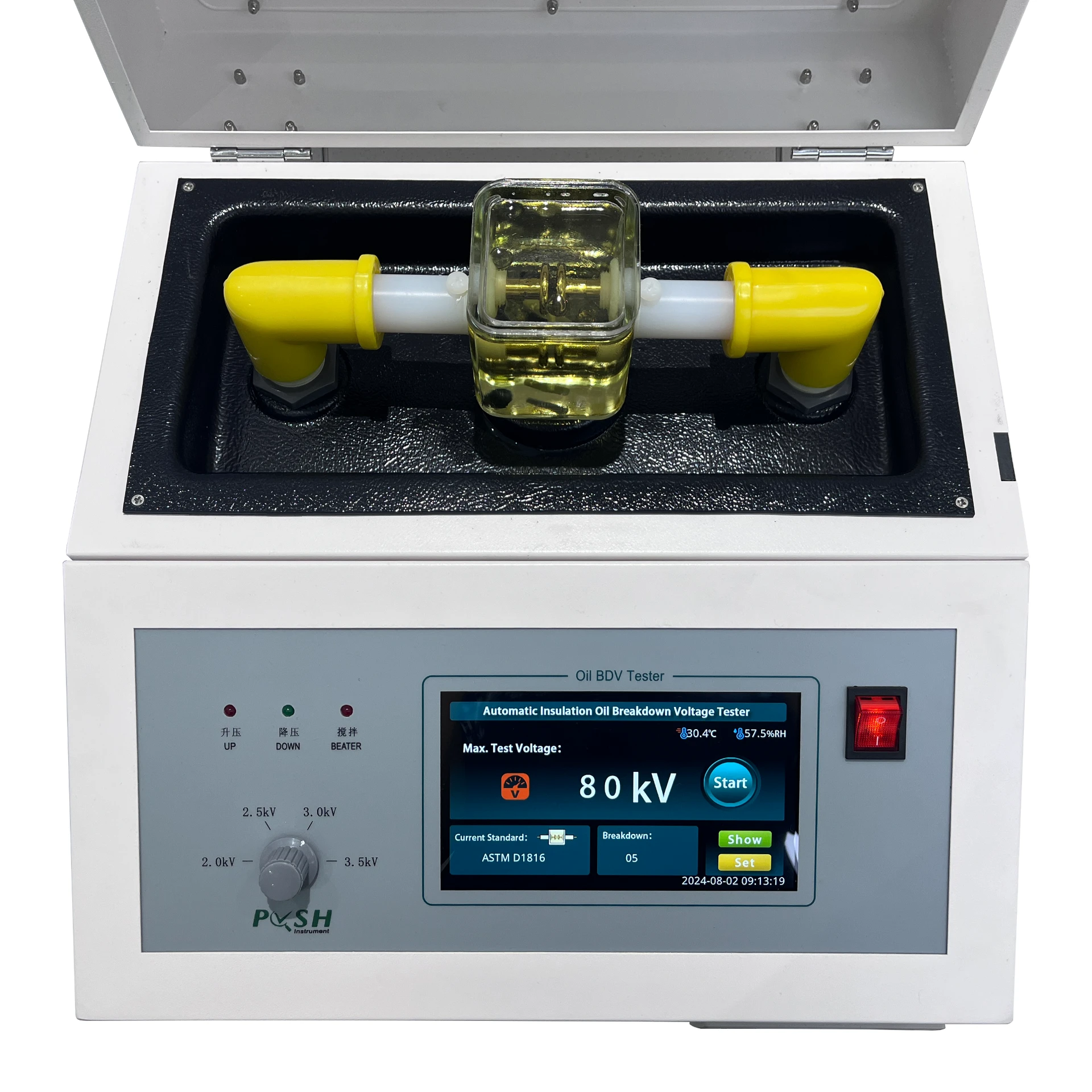 English
English


Enhance Transformer Reliability with Expert Oil Analysis
Transformer oil analysis is an indispensable tool in the electrical industry
, promising prolonged equipment life and inexpensive, proactive maintenance. This technique plays a critical role in monitoring the health and ensuring the efficient operation of transformers. When aimed at purchasing transformer oil analysis products, it’s vital to prioritize those offering innovative features, reliability, and precision.
The authenticity of transformer oil analysis products lies in their ability to provide detailed insights into the condition of transformer oil. An exemplary product enables operators to detect potential issues long before they lead to equipment failure. The analysis focuses on several significant parameters dielectric strength, moisture content, acidity, and dissolved gas analysis (DGA). Each of these factors contributes to the overall health picture of the transformer.
A superior transformer oil analysis product must excel in accurately determining the dielectric strength, which reflects the oil’s ability to withstand electric stress without failure. This task requires expertise in chemical engineering and materials science, ensuring that the oil retains its insulating properties under operational conditions.

Equally, moisture content determines the effectiveness and longevity of the transformer oil. State-of-the-art detection tools use advanced sensors to measure tiny moisture levels with extreme precision. Authentic products often incorporate algorithms that provide real-time monitoring, signaling operators immediately when moisture levels exceed specified thresholds.
The assessment of acidity levels indicates the degree of oil degradation. High acidity implies contamination or aging, which could impair the oil's protective properties. Therefore, products should offer sensitive analysis, utilizing chromatographic techniques to ensure early detection and allow maintenance teams to intervene in time.
transformer oil analysis
Dissolved gas analysis (DGA) is perhaps the most crucial aspect. It is recognized for its importance in identifying incipient faults in transformers. Authentic DGA products often use gas chromatography or other spectroscopy methods, providing detailed breakdowns of fault gases like hydrogen, methane, and acetylene. Such analysis enables accurate fault detection and diagnostic precision, aligning with the expertise expected from industry professionals.
When seeking trustworthy transformer oil analysis products, one must evaluate the credibility of the manufacturer. Established industry entities with long-standing reputations are recommended, as they offer reliable tools backed by rigorous research and development. These entities usually provide comprehensive support, including user manuals, training sessions, and technical assistance that enhance user experience and operational fluency.
The choice of product also hinges on the availability of an experienced technical support team. A responsive support system is a testament to a company’s commitment to their product’s reliability. It fosters trust by ensuring that any operational challenges are swiftly addressed, reflecting a thorough understanding of the nuances involved in transformer oil analysis.
Furthermore, the discussion of real-world experiences and case studies from reputable clients can be enormously beneficial. Real-life applications showcase the practical benefits and pitfalls through documented transformations—how a specific analysis tool reduced unexpected outages or saved costs on unnecessary maintenance, instilling confidence and validating product claims.
In conclusion, the determination to invest in transformer oil analysis products should be based on their proven capabilities to enhance Experience, Expertise, Authoritativeness, and Trustworthiness. These metrics ensure that products not only comply with modern industry standards but also bolster the operational reliability and longevity of critical electrical infrastructure.
-
Differences between open cup flash point tester and closed cup flash point testerNewsOct.31,2024
-
The Reliable Load Tap ChangerNewsOct.23,2024
-
The Essential Guide to Hipot TestersNewsOct.23,2024
-
The Digital Insulation TesterNewsOct.23,2024
-
The Best Earth Loop Impedance Tester for SaleNewsOct.23,2024
-
Tan Delta Tester--The Essential Tool for Electrical Insulation TestingNewsOct.23,2024





